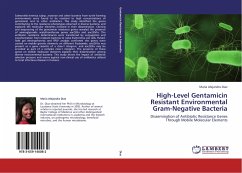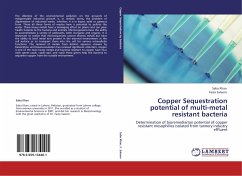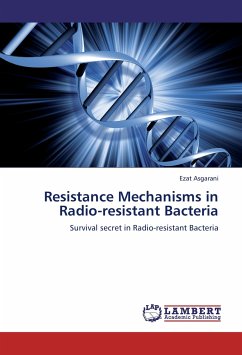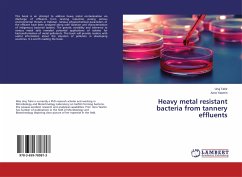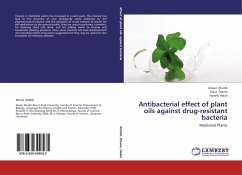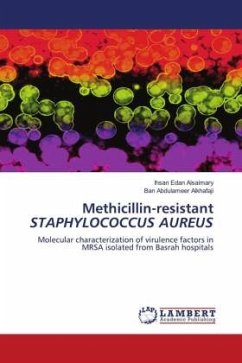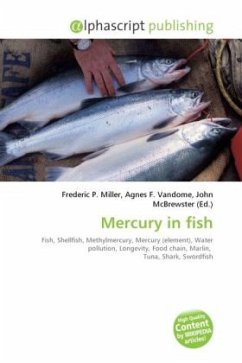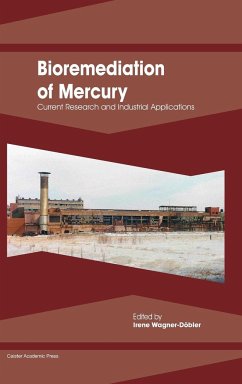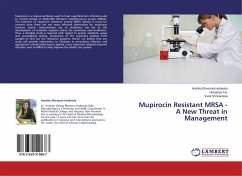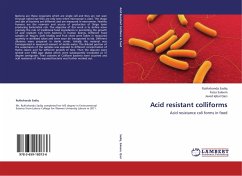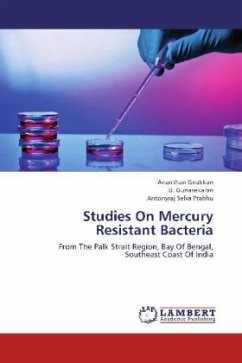
Studies On Mercury Resistant Bacteria
From The Palk Strait Region, Bay Of Bengal, Southeast Coast Of India
Versandkostenfrei!
Versandfertig in 6-10 Tagen
32,99 €
inkl. MwSt.

PAYBACK Punkte
16 °P sammeln!
Understanding the variations in the physico-chemical and microbiological aspects of the Palk Strait will help to understand the ecological functioning. Moreover, changes in physico-chemical properties of the prevailing environment will decide the composition of biological diversity; this is applicable from microbes to mammals. The occurrence of microbes in the environment will change spatially and temporally and hence understanding of the mercury-resistant bacteria become important and thereby helps to protecting the human population from water borne diseases. Having this in mind, the present ...
Understanding the variations in the physico-chemical and microbiological aspects of the Palk Strait will help to understand the ecological functioning. Moreover, changes in physico-chemical properties of the prevailing environment will decide the composition of biological diversity; this is applicable from microbes to mammals. The occurrence of microbes in the environment will change spatially and temporally and hence understanding of the mercury-resistant bacteria become important and thereby helps to protecting the human population from water borne diseases. Having this in mind, the present was carried out. Totally, 47 strains were isolated based on colony morphology from SWNG plates for identification. Only four (BHRM) strains showed a higher resistance to mercury. The four strains identified were UG12: Bacillus cereus; UG18: Vibrio parahemolyticus; UG22: Escherichia coli and UG28: Pseudomonas aeruginosa.



